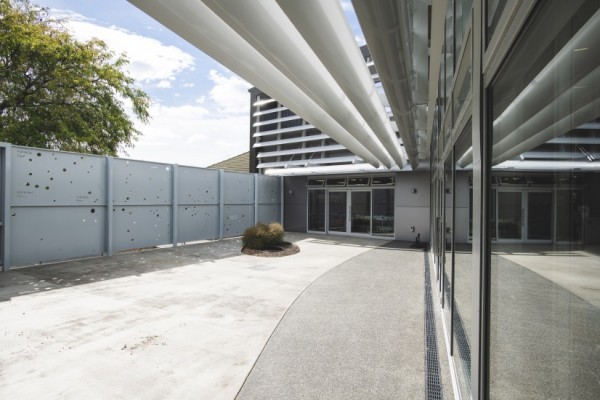History
Located in the first city in the world to greet the morning sun - the library has had a long history by New Zealand standards. It first opened in 1869 as Turanga Library, in a room in the courthouse at a time when there were no roads overland and visitors came by horseback or boat to the district.
Buildings
As the service grew it moved to various sites until 1967 when the land and buildings for the existing public library were gifted by the Williams family in memory of Heathcote Beetham Williams (H.B.) Thus the H.B. Williams Memorial Library was established much as we know it today. H.B.'s son, Heathcote Beetham Williams (Bill) continued to support this gift to the district until his death in 2002.
The building is a classic example of post modernist architecture. Designed by Colin Pilbrow, it was hailed as and remains a magnificent example of 1960s architecture.
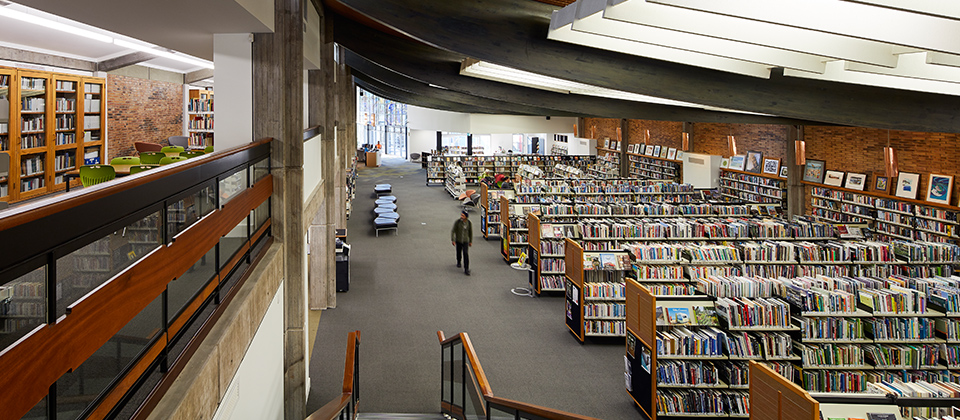
Time for an Upgrade
Built in an analogue age the library was becoming cramped as more space was needed to deliver a modern library service to the community. Doubling the floorspace the extension has provided:
- Multi-purpose community rooms
- Youth zone and lounge
- Outside courtyard area for reading, literacy programmes, and relaxing
- A combined floor space of over 2000m2
- Single and group study areas
- Pocket park
- Computer learning hubs
- Research Centre
- Earthquake strengthening
- Improved accessibility
Pukarau
The central service hub. The name was gifted by Sir Derek Lardelli. It literally means 'many pages' yet is interconnected with kaokao and poutama linking numerous pathways of knowledge.
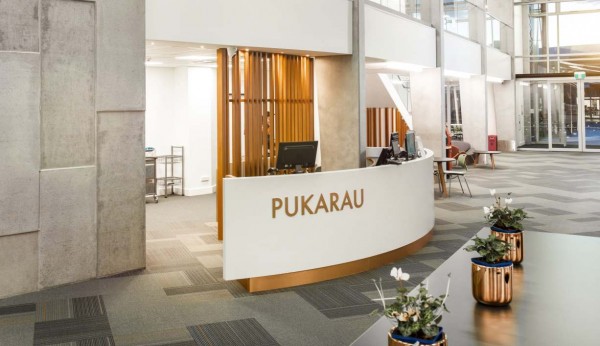
Toki
Articulating the transfer of knowledge from adze to quill to pen and into the digital age. Three toki arc above people as they walk along the ararau pathway entering the building.
The three Toki represent:
- Huia rau - Numerous treasures
- Tahi rau - Extraordinary stories
- Tangatarau - Outstanding people
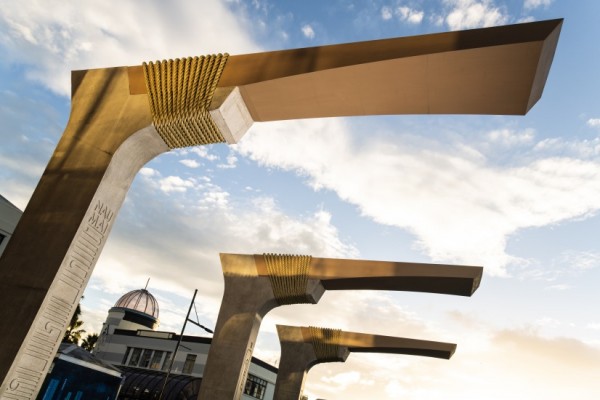
Kaokao
Ko Turanga-a Mua, ko Turanga Ararau, ko Turanga Makaurau. Ko Turanga tangata-rite, ko Turanganui-a-kiwa
Turanga the ancient, Turanga of many pathways, turanga of a multitude of lovers, Turanga of equal mana, Turanga the long-standing place of Kiwa.
Visitors are guided into the building following the entry path alongside the replica page of The Treaty of Waitangi. The pathway relates to the mana or status of those who signed the Treaty, as well as creating a connection to the toki which are a sign of occupation.
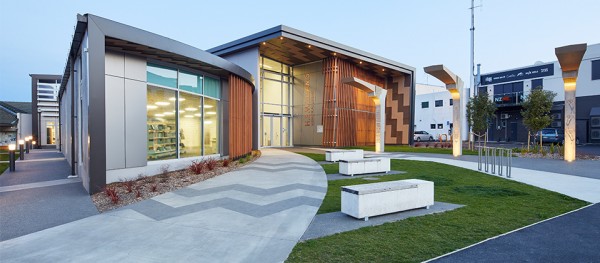
Poutama
Located under the soffit and on the concrete wall next to Pukarau is the vertical pattern of a poutama. Commonly known as the stairway to higher knowledge, the pattern is symbolic of the journey made by Tane, the traditional Maori god of humankind. His journey was to take him from earth up into the heavens. From the heavens, he hoped to obtain all the knowledge that one aspires to gain. It remains a reminder of perpetual advancement through lifelong learning.
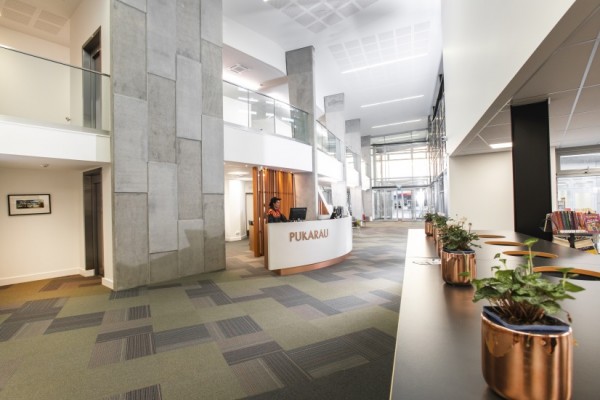
Kahui Whetu / Constellations
Turanga/Gisborne was the first meeting place of two peoples, following exceptional navigational feats of the first iwi who arrived in the late 13th century and Lieutenant James Cook who arrived in 1769. The stars were a common guide and are represented here in the Kahui Whetu Constellation Courtyard and to identify study and meeting rooms.
Matariki/Pleiades is represented across many of the glass walls.
